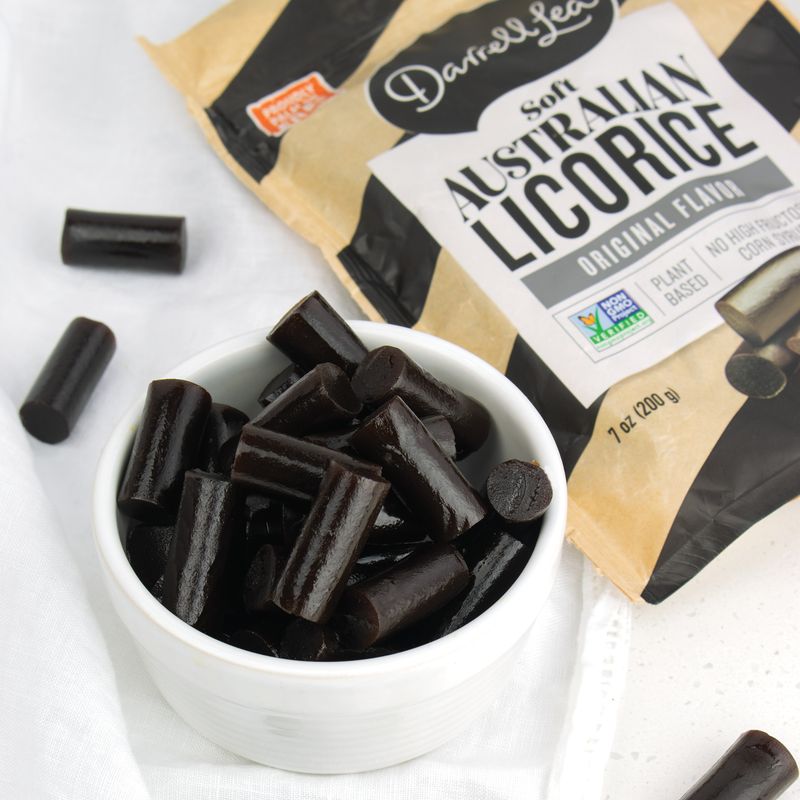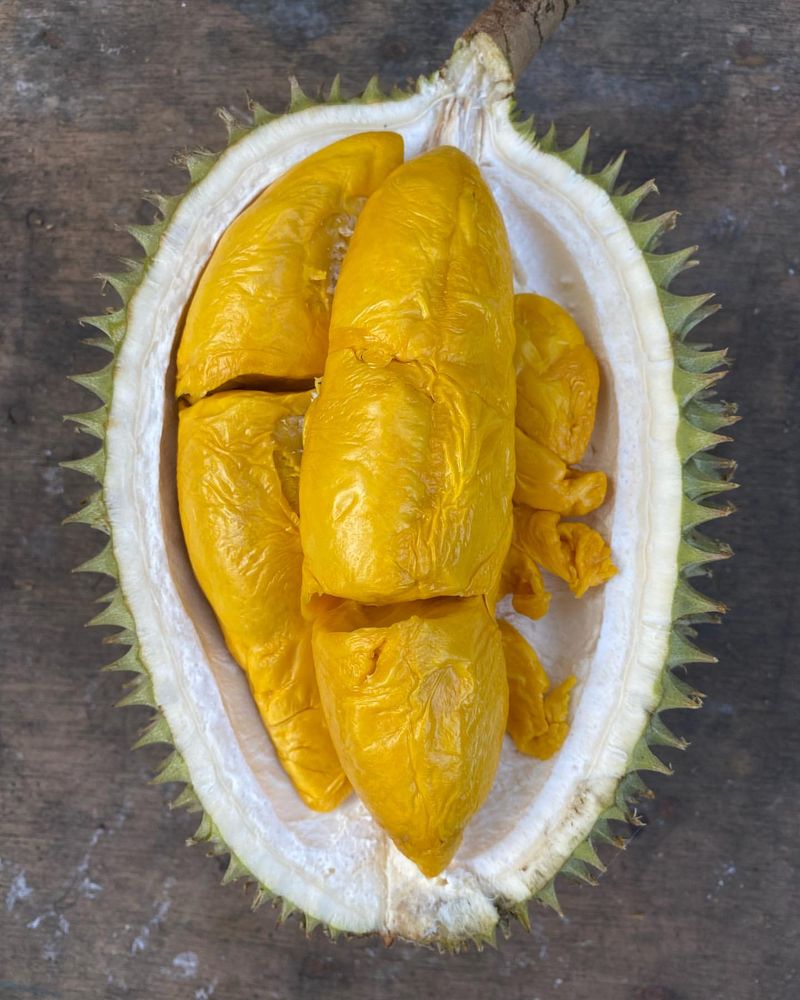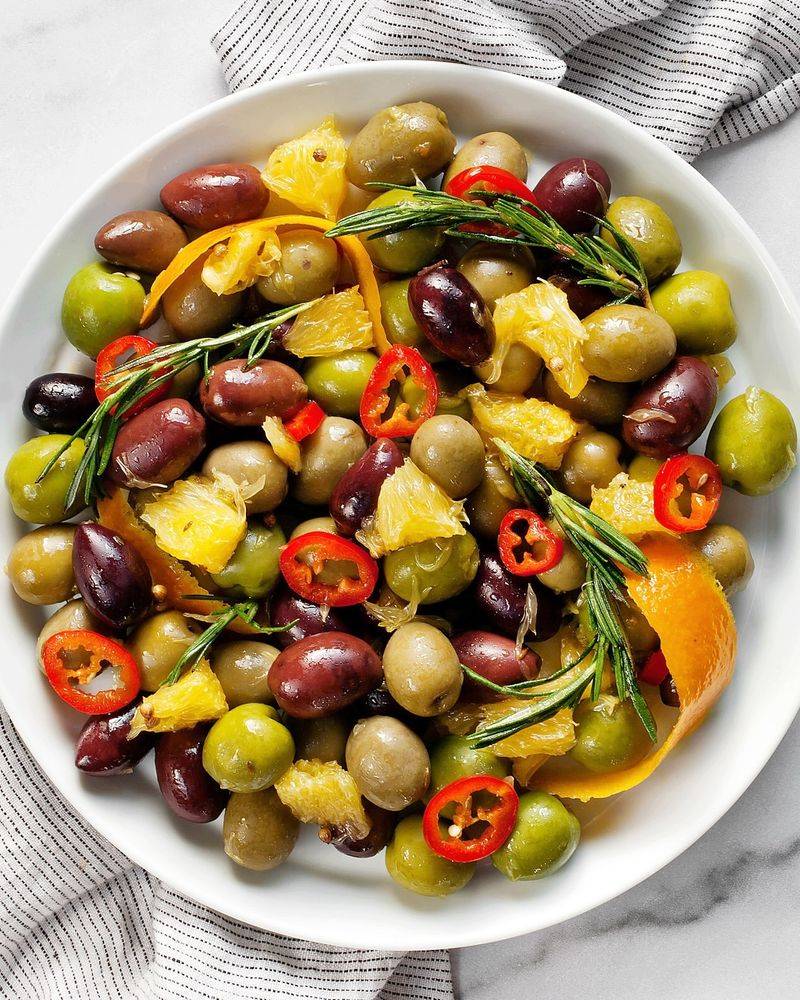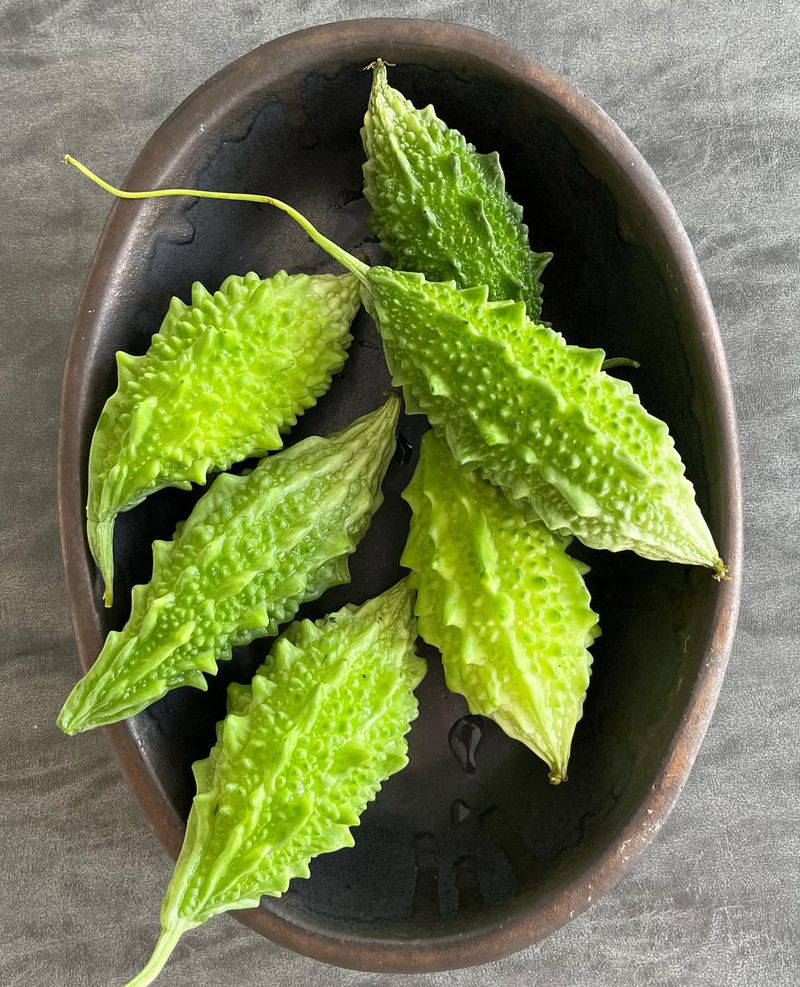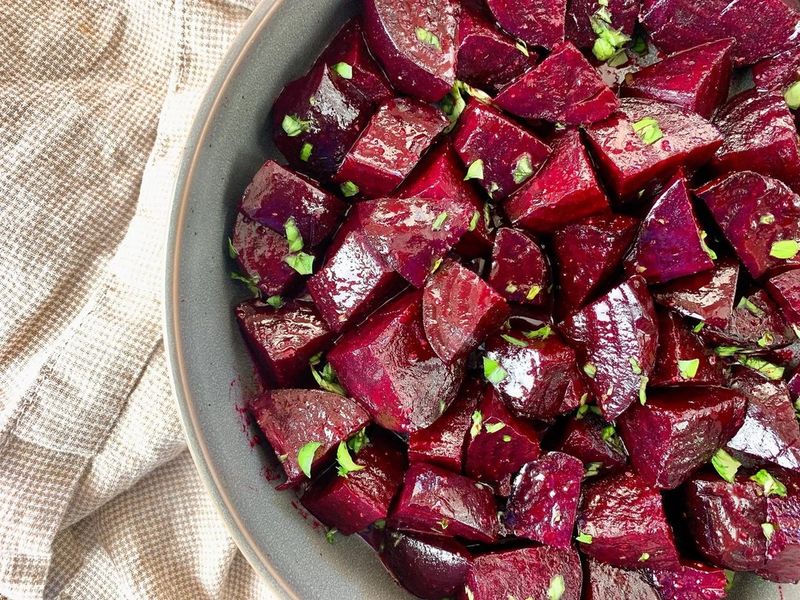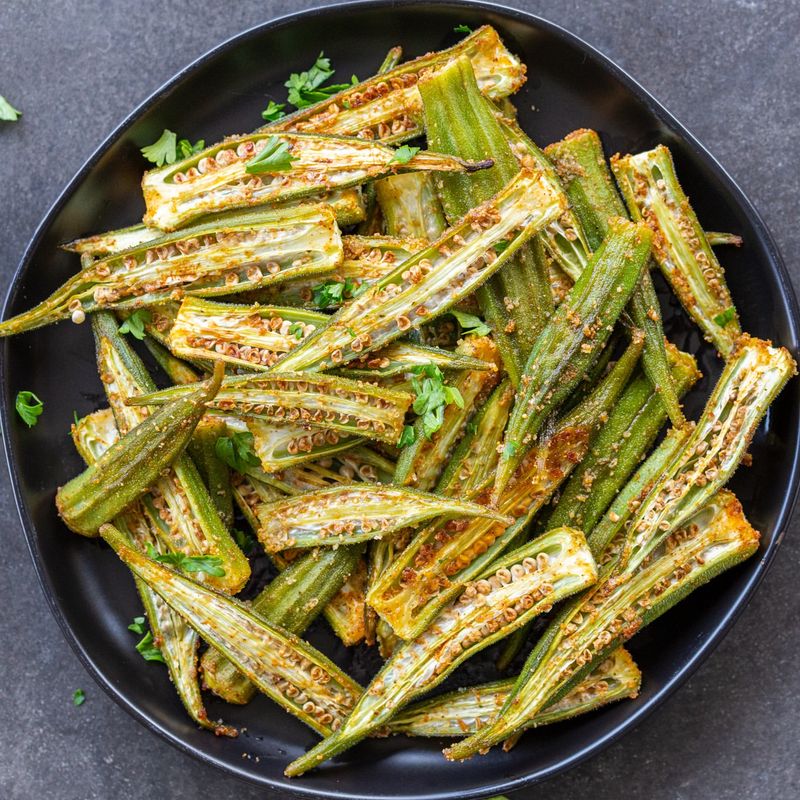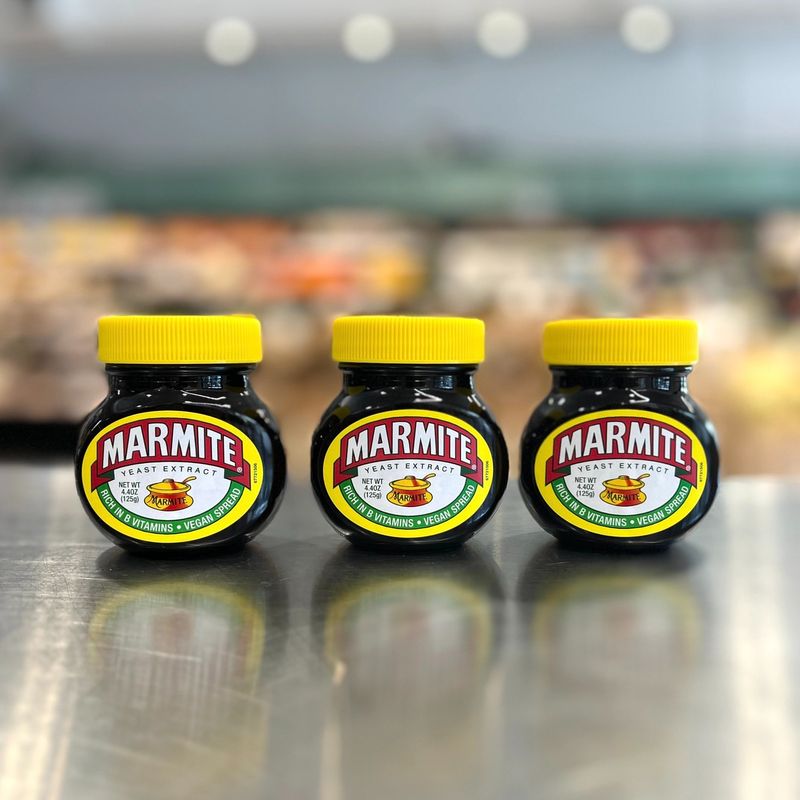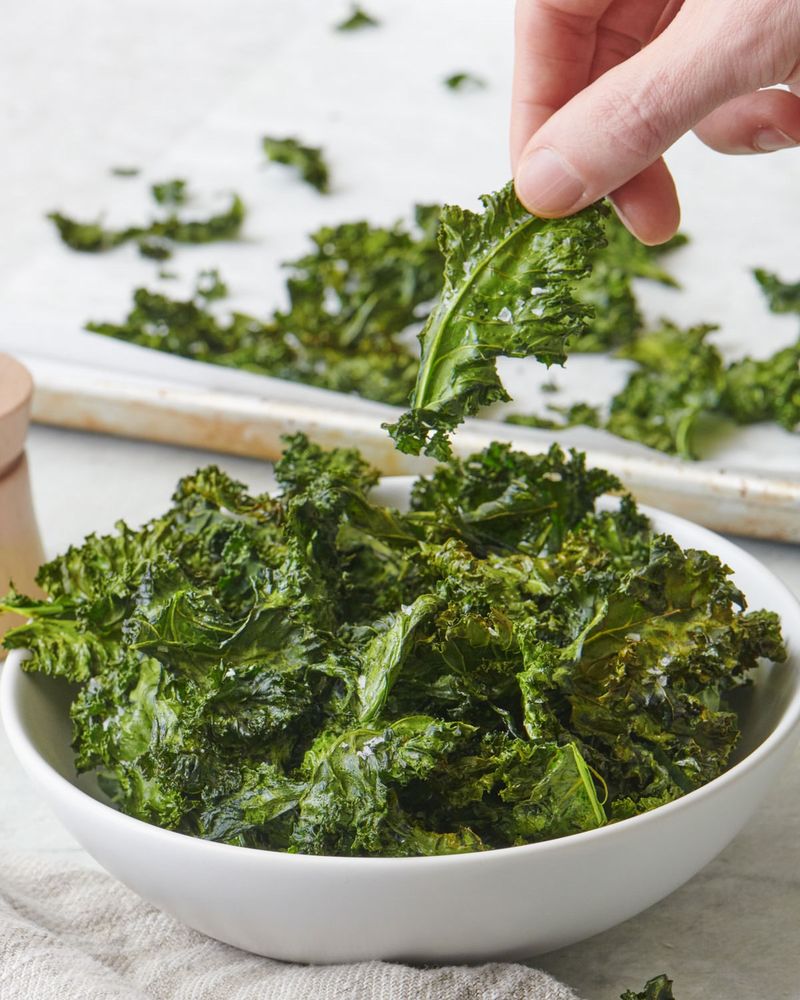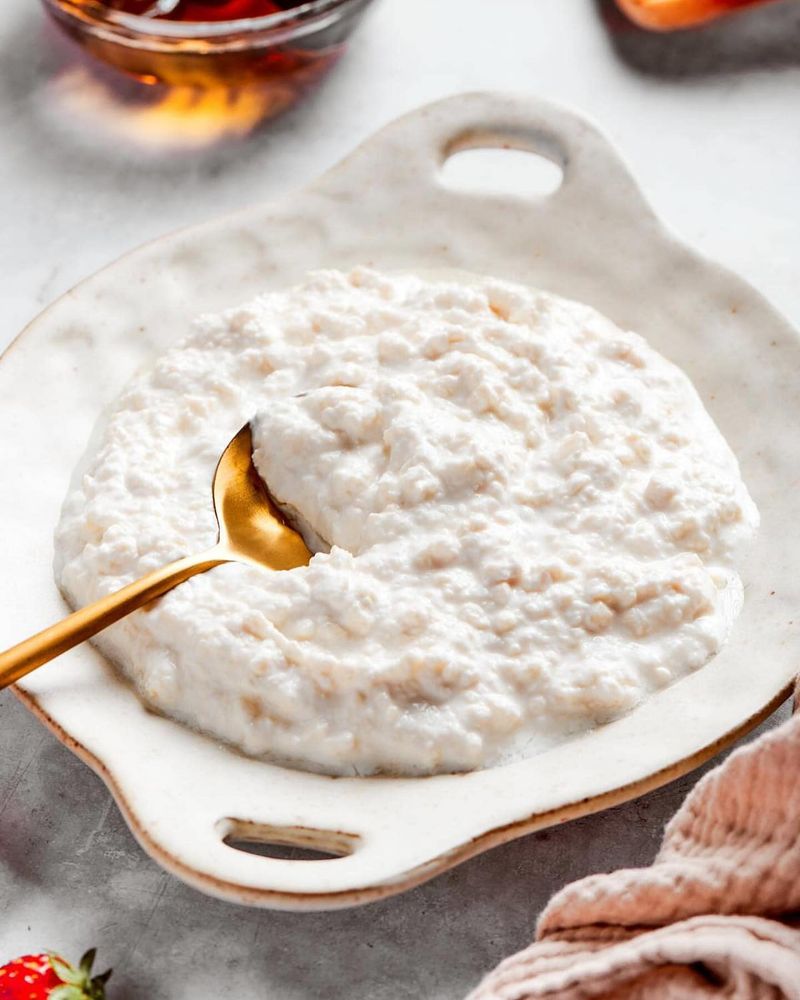Ever wondered why certain foods make us cringe? That inexplicable aversion some of us feel towards certain dishes has sparked debates at dinner tables nationwide.
Journey with me as we explore a list of notorious culprits that have left taste buds divided. Whether it’s the texture, aroma, or perhaps an unpleasant childhood memory, these commonly disliked foods offer intriguing tales.
Let’s adventure into a realm of flavors that don’t always win hearts but certainly make for fascinating conversations. Buckle up for this rollercoaster of taste!
1. Oysters
Ocean gems, oysters come with their own fan club. Their slimy texture and briny taste, however, don’t win everyone over. For some, they are a delicacy of the sea.
The experience of slurping a raw oyster is unique, almost ritualistic. But, it’s this very texture that makes some folks cringe.
However, adorned with a splash of lemon or a dash of hot sauce, they become an adventurous taste journey. Still, oysters remain an acquired taste, not easily appreciated by all.
2. Liver
Liver is a divisive dish for many. If you’ve ever tasted it, you know its rich and robust flavor isn’t for everyone. Some say it’s the metallic taste that throws them off.
Perhaps it’s the soft, almost mushy texture that creates a divide. It’s a nutrient powerhouse, yes, but convincing someone to enjoy it is another matter. Even seasoned liver lovers admit it’s an acquired taste.
Though liver has been a staple in various cuisines, it’s often met with a strong “no thank you” from many Americans today.
3. Brussels Sprouts
Brussels sprouts spark mixed feelings at the dinner table. Often overcooked, they become mushy and release a sulfur-like aroma, reminiscent of boiled cabbage.
However, when cooked right, these mini cabbages transform into nutty delights. Their bitter undertone can be off-putting to some but a delicacy to others.
If you’ve never tried them roasted with olive oil and garlic, you might reconsider their place on your list of dislikes. They are a perfect example of the saying, “don’t judge a book by its cover.”
4. Cilantro
Cilantro often divides palates with its distinct flavor. How it tastes can vary greatly: some find it refreshing and citrusy, while others describe it as soapy.
It’s not a matter of opinion but rather genetics. Certain compounds in cilantro bind differently to taste receptors. This disparity is fascinating yet frustrating.
Hence, cilantro becomes a topic of intense discussion. If you’re among those who can’t stand it, no amount of culinary persuasion will likely change your mind. It’s a unique herb with a love-hate reputation.
5. Blue Cheese
Blue cheese is a bold choice, famous for its pungent aroma. Its smell can be overwhelming, likened to old socks by some.
Yet, beneath the strong scent lies a complex flavor profile. Creamy with a sharp bite, it’s a cheese connoisseur’s dream.
Though, for many, the moldy veins are visually and texturally unappealing. If you’re not a fan of strong cheeses, blue cheese may very well top your list of dislikes. Nevertheless, it remains a staple in gourmet circles.
6. Anchovies
Salty and intense, anchovies pack a punch that not all can handle. These tiny fish are often hidden in dishes, adding depth to sauces.
Their potent flavor is unmistakable; if you’re not prepared, it can be off-putting. Ironically, they’re a secret ingredient in many beloved recipes.
Where they truly divide opinion is on pizzas. Some adore the salty kick, while others can’t stand the thought. Anchovies, undeniably, have a polarizing presence on any menu.
7. Black Licorice
Licorice is a candy that evokes strong opinions. Its bold, anise flavor is either loved or loathed, with little room in between.
For those who dislike it, black licorice’s taste is medicinal, reminiscent of cough syrup. It’s not the sweetness one expects from candy.
Though it’s been a favorite for centuries, its rich flavor isn’t universally appealing. Whether you enjoy it or not depends largely on your taste upbringing. It’s a treat with a distinct character, not easily forgotten.
8. Durian
Durian is often dubbed the “king of fruits,” yet many are repelled by its infamous odor. Its scent is so strong, it’s banned in some public places.
Yet, those who brave the smell discover a creamy, sweet flesh inside. It’s a sensory adventure that few dare to undertake.
If you can overlook its pungency, durian offers a taste experience like no other. Though divisive, it’s adored in Southeast Asian cultures, where it’s considered a delicacy. Truly a fruit that challenges conventional tastes.
9. Tofu
Tofu often finds itself misunderstood. Its bland, unassuming nature can be perceived as uninspiring. Critics argue it’s the texture that’s a turn-off.
However, tofu is a culinary chameleon, absorbing flavors like a sponge. When prepared creatively, it becomes a versatile ingredient.
Though for some, its lack of flavor is precisely the issue. If you’re willing to explore its potential, tofu can surprise you. It’s a staple in Asian cuisines, celebrated for its adaptability and health benefits.
10. Olives
Olives are a staple in Mediterranean diets, yet not everyone’s favorite. Their briny taste and firm texture can be daunting if unfamiliar.
Some find the bitterness off-putting, while others appreciate their unique flavor. They’re more than just an appetizer – olives are packed with healthy fats.
If you haven’t found the right type, you may be missing out on a culinary gem. However, it’s an acquired taste that doesn’t resonate with everyone. Their divisive nature makes them a curious addition to any list.
11. Bitter Melon
Bitter melon is not your typical vegetable. Its name alone hints at its challenging flavor profile. Despite its health benefits, its bitterness is a major hurdle.
How you prepare it can make a difference. In Asian cuisines, it’s often stir-fried or stuffed to mellow its taste.
Though, even with culinary tricks, its strong flavor isn’t for everyone. Yet, for those who embrace it, bitter melon offers a unique taste adventure. It’s a vegetable that requires an open mind and a brave palate.
12. Beets
Beets are colorful yet contentious. Their earthy taste is as vibrant as their hue, which some find off-putting.
For those accustomed to sweeter vegetables, beets can be a shock to the taste buds. However, they bring a natural sweetness when roasted.
Though not everyone’s cup of tea, beets are nutritious and versatile. They offer a range of culinary possibilities for those willing to experiment. Their strong flavor means it’s a love-it-or-leave-it vegetable, with no middle ground.
13. Okra
Okra is a vegetable that can divide a crowd. Its slimy texture is often the biggest hurdle for those unfamiliar with it.
Yet, when cooked properly, it can add a delightful element to dishes, especially in soups and stews. Its unique texture is part of its charm.
Though, for first-timers, it can be unusual. If you’re exploring southern or Creole cuisine, you’ll encounter okra. It’s a staple ingredient, bringing a distinct character to the plate. Nonetheless, it’s not everyone’s favorite.
14. Marmite
Marmite’s slogan “love it or hate it” perfectly encapsulates its divisive nature. Its strong, yeasty flavor isn’t for everyone.
For some, it’s a salty spread that enhances the breakfast experience; for others, it’s unbearable. Its unique taste can be polarizing.
If you’re curious, start with a thin spread. Marmite offers a flavor punch unmatched by any other spread, yet it remains a contentious addition to the pantry. It’s a quintessentially British taste that intrigues and repels.
15. Limburger Cheese
Limburger cheese is renowned for its strong smell. Often described as “stinky,” its aroma can be overwhelming.
However, beyond the smell lies a creamy cheese with a mild flavor. It’s a classic in German cuisine, paired with hearty breads.
Despite its reputation, Limburger has a following among cheese lovers. However, the pungency can be too much for some. It’s a cheese with character, leaving a lasting impression on those who dare.
16. Kale
Kale is a superfood that’s not universally loved. Its tough, fibrous leaves can be a challenge to enjoy raw.
When cooked, kale softens and its bitterness mellows. Yet, for some, its strong taste is too assertive.
However, if you embrace its hearty nature, kale offers numerous health benefits. It’s a staple in health-conscious kitchens, but not everyone’s favorite green. Its robust flavor makes it a controversial choice for salads and smoothies alike.
17. Cottage Cheese
Cottage cheese is a texture oddity for some. Its lumpy consistency can be off-putting if you’re used to smoother dairy products.
Despite this, it boasts a mild and creamy flavor, making it a versatile ingredient. It’s high in protein and low in calories.
Though, not everyone finds its unique texture appealing. If you’re looking for a healthy snack, it can be delightful with fruit or herbs. Cottage cheese challenges conventional cheese expectations, earning both fans and detractors.
18. Eggplant
Eggplant is a versatile vegetable with a polarizing texture. Its spongy flesh can become slimy if not cooked properly.
However, when prepared well, eggplant absorbs flavors beautifully, becoming a delicious dish. It’s a staple in Mediterranean and Asian cuisines.
Though, for many, its texture is a sticking point. If you’ve only tried it poorly cooked, you’d be surprised by its potential. It’s a vegetable that requires careful treatment to shine, offering a culinary challenge that’s worth the effort.
19. Grapefruit
Grapefruit is a citrus enigma. Its tart and slightly bitter flavor can be jarring if you’re expecting sweetness.
However, it’s refreshing and packed with vitamin C. When paired with a sprinkle of sugar or honey, it transforms.
Though not universally adored, grapefruit offers a unique taste experience. If you’re open to its tangy zest, it can be a delightful addition to breakfasts.
20. Wasabi
Wasabi is a fiery condiment that’s not for the faint-hearted. Its intense heat can catch you off guard.
Often paired with sushi, it adds a sharp, pungent kick to dishes. However, its powerful flavor isn’t universally appreciated.
If you’re new to wasabi, a little goes a long way. It’s a bold addition that can overwhelm if not used sparingly. Its spicy nature is both thrilling and daunting, capturing the adventurous spirit of culinary exploration.
21. Vegemite
Vegemite is a taste of Australia that divides opinion. Its dark, salty flavor is an acquired taste, not unlike Marmite.
For some, it’s a savory spread that enhances toast, while others find it overpowering. Its unique taste is a cultural icon.
If you’re curious, try it with butter to soften the blow. It’s a spread with character, challenging taste perceptions worldwide.
22. Sardines
Sardines are tiny fish with a big flavor. Their strong, fishy taste can be off-putting if you’re not a seafood enthusiast.
Yet, they are packed with omega-3 fatty acids and nutrients. When grilled or canned, they offer a rich taste experience.
Though, for many, their distinct flavor is overwhelming. If you’re open to trying them, sardines can be a healthy addition to your diet.








